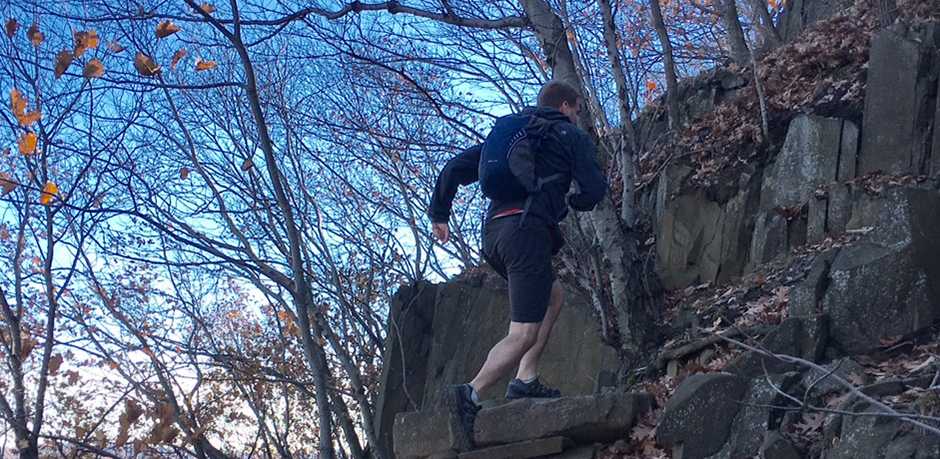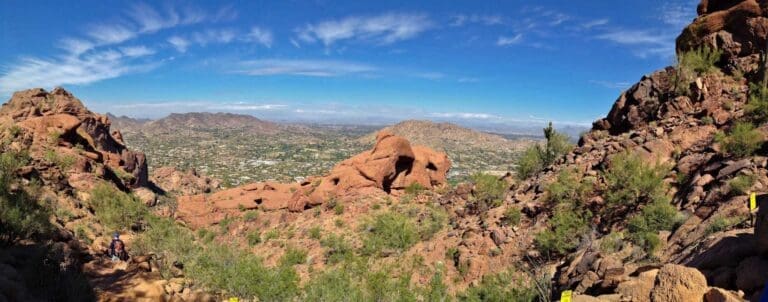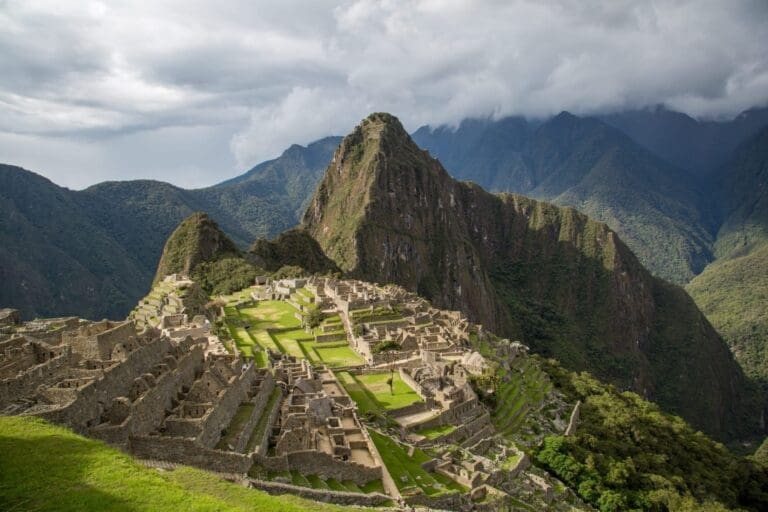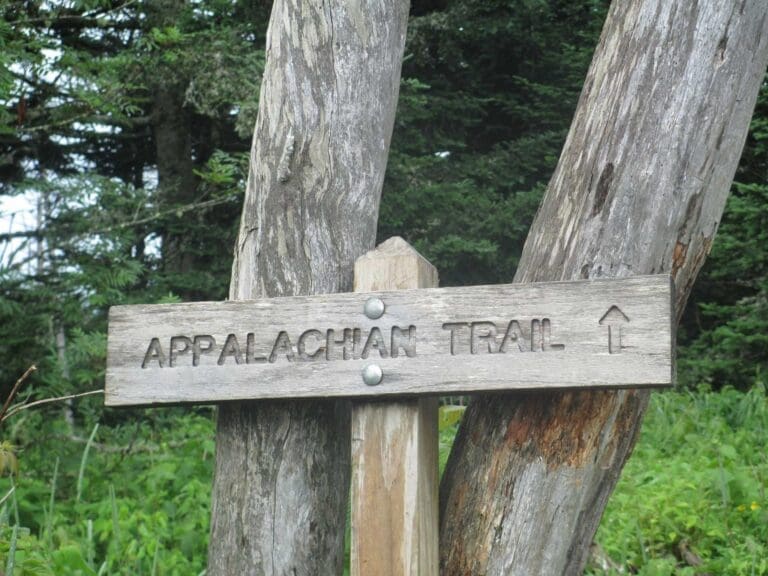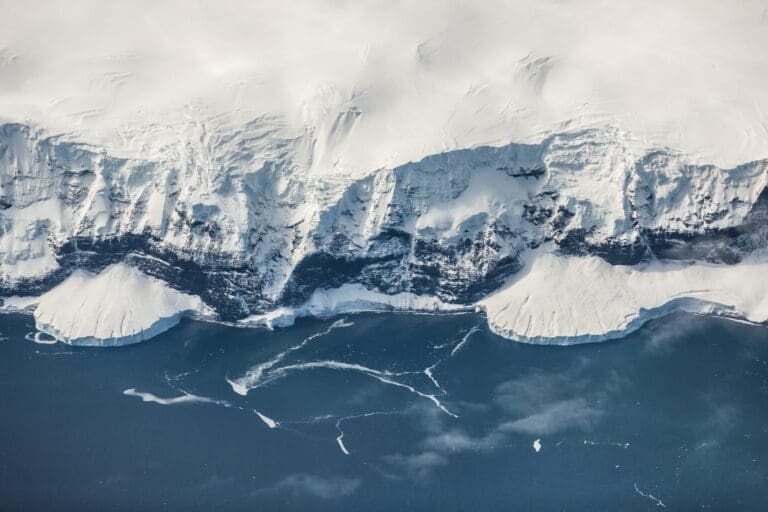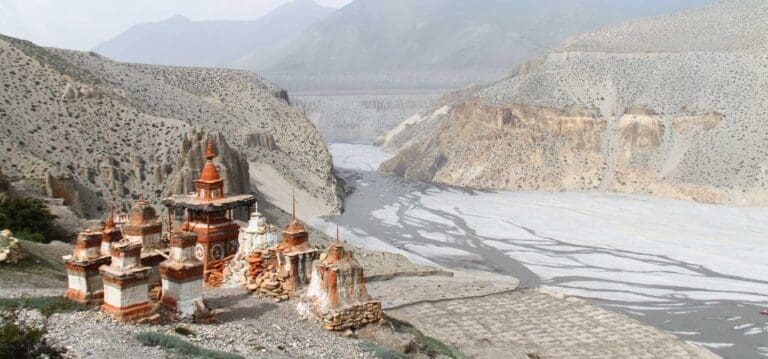7 Important Reasons To Turn Back During An Adventure
One of the hardest things for me to do when on an adventure is turning back before I reach my goal. I invest so much time mentally, emotionally, and physically in preparation for my trips that “quitting” does not even cross my mind. However, I have learned the importance of knowing my limits and trusting my instincts in the outdoors. For me, there are few things in life better than being on an adventure. However, there is nothing worse than getting seriously injured or even… not coming back at all.
Listed below are 7 important reasons why I (and you should too!) turn back when on an adventure.
1. Fear
Over the years, I have developed this habit of “attacking fears”. Once I recognize that I am afraid of something, then I go right after it. However, I have learned something very important: there are two types of fears in life.
- Fear that you should face.
- Fear that is telling you that there is serious trouble on the horizon.
There are subtle differences between the two but it is critical to understand them and recognize when and how to act.
Several years ago, I attempted to climb Mount Rainier. Mt Rainier is the highest peak in the state of Washington and stands at 14,411 feet (4,392 meters). It is considered to be one of the most dangerous active volcanoes on earth, is the most heavily glaciered peak in the lower 48 states, and the weather can be extremely nasty. Many climbers and mountaineers use it as a training ground for Denali, the Himalayas, and even Mount Everest.
Climbing Mount Rainier is no walk in the park. Day 1 of the adventure takes you from the parking lot at Paradise, Washington to Muir Base Camp. On Day 2, you traverse across the Cowlitz Glacier and ascend the Cathedral Gap. From there, you cross the Ingraham Glacier and climb up the Disappointment Cleaver route to the Summit.
On my climb up to Muir Base Camp, I felt strong and confident. After a five-hour sleep, we were woken up around midnight and told to put on our headlamps, crampons, and down parkas. Thirty minutes into our climb, I realized that this section of the hike was very different from what I had encountered the previous day. While I had done some mountaineering and crampon work in Lake Placid and Patagonia, what I faced on hiking Mount Rainier was very different from what I had ever experienced. We were climbing on ledges that were 3-feet wide (1-meter) and carved into the side of the mountain. The ground was covered with glacier ice, and the grade was steep! One slip could have you and the 3 other team members that you are harnessed to careening 2,000 feet (610 meters) down the glacier wall into the abyss.
While I tried to push myself forward, right before Disappointment Cleaver, I made the decision to turn back. I recalled one of the quotes from the famous mountaineer Ed Viesturs:
“Getting to the top is optional, getting back down is mandatory!”
– Ed Viesturs
When we got back to the Whittaker Bunkhouse that night I felt like a complete failure. I had trained so hard for this adventure and was in the best shape of my life. At that moment, I vowed to never hike or climb a mountain again. However, over the next few weeks, I became increasingly proud of my decision. I actually started speaking to my friends and family of it with pride that I had the ability to trust my instincts. I had made the right decision to turn back.
Oh.. and I do plan on visiting Mount Rainier again very soon!
2. Trail Conditions
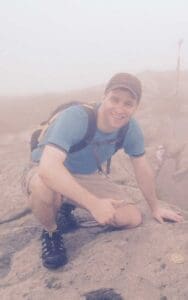
Mount Mansfield is the highest peak in the state of Vermont. It is located in the town of Stowe, VT which is 129 miles (208 kilometers) from Montreal. This mountain is very different from others in the Northeast. Whereas most summit trails are covered with dirt terrain, Mansfield is mostly rock. In 2013, I attempted the summit to add the mountain to my growing list of U.S. State High Peaks. However, the weather on Mt Mansfield had other plans for me that day. It had rained heavily the night before as well as that morning which made the rock surfaces on the trails very slippery and the hiking treacherous. While the trekking poles helped, I was slipping all over the place and a serious injury seemed to be only a fall away. On the upper reaches of the mountain, you are required to navigate a number of rock chutes and also do some light rock climbing. I got to nearly 400 feet (122 meters) from the summit that cloudy day, but made the hard but wise decision to turn around. It was just too dangerous for my liking. This past summer, I went back up to Stowe with a few of my climbing friends for a second attempt at the Mt Mansfield hike. While foggy, the trail conditions were perfect and we got up and down quickly, and most importantly, safely!
Trail conditions affect both safety and the environment. Continuing on eroded or unstable trails not only risks injury but also contributes to further damage, accelerating erosion and harming local ecosystems. If the trail is too fragile, turning back is the responsible choice, preserving the landscape for future adventurers.
3. Health
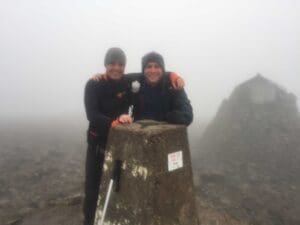
In 2015, a few of my British and Irish adventure buddies and I attempted to do the UK National 3 Peaks Challenge. If you are not familiar with the challenge, the goal is to hike the highest peaks in Scotland, England, and Wales, all in 24 hours. The entire distance hiked is approximately 26 miles (42 kilometers) and it is a must for anyone who loves a good adventure. After taking an overnight train from England to Scotland, our first peak to climb was Ben Nevis. We successfully climbed Scotland’s highest peak in excellent time. On our van ride to Scafell Pike, the highest peak in England, and the next stop on our adventure, I began to feel very ill. I’ll save you the unpleasant details but I questioned whether I would be able to complete the challenge with the group. We finally reached Scafell Pike after nearly 5 hours of driving. I was in very poor shape. I began to aggressively hydrate as well as take in much needed carbohydrates. I wasn’t ready to give up on the challenge just yet but would see how I felt on the climb up the mountain. After approximately 30 minutes into our walk it was clear that I would not continue climbing with the group. I would have put myself, and more importantly my friends, in danger. I made the difficult but smart decision to turn back.
As disappointed as I was that I did not complete the challenge, I do know that the mountains will always be there and I will have the opportunity to come back to climb another day! Perhaps I will give it another try soon!
4. Gear / Supplies
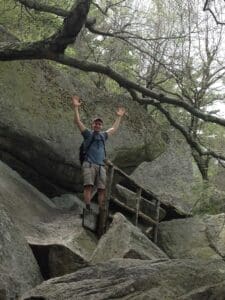
It happens all the time… People go on an adventure and don’t bring along the necessary gear and supplies. Either they don’t plan, forget, or don’t think they need certain items. I have to say when I started partaking in outdoor adventures; initially I was the same way. However, after a few rude awakenings, I made a promise to myself that never again would I be unprepared. In 2015, I went to hike The Labyrinth at the Mohonk Mountain House lodge in New Paltz, New York with my cousin. It is a gem of a trail which begins near the hotel lake and forces you to navigate through enormous rock boulders. As we were finalizing our packs in the parking lot, I noticed that he did not bring much water or food with him. I asked him about it, (specifically citing the heat) and he said he doesn’t need much to keep him going. I smirked and secretly put an extra water bottle and some energy gels in my pack. One hour into our hiking adventure I noticed that he was dangerously low on water and out of food. I handed him the supplies and he smiled with relief.
Fortunately for my cousin, I had the extra supplies with me. Having the right supplies is absolutely critical. If I had not brought extra with me in the car we would have not had even begun the hike on that hot summer day.
If you notice early on in an adventure that you don’t have what you will need, turn back!
5. Darkness
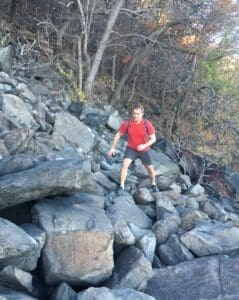
One of my favorite trails in the northeastern United States is called the Giant Stairs. 4.5 miles (7 kilometers) in length, it is one of the best places to go hiking in New Jersey. It snakes along the Palisades cliffs and Hudson River just north of the George Washington Bridge. Last month, it was late on a Sunday afternoon and I wanted to get in a quick hike before heading back home to New York City. I began the hike at the Palisades Interstate Park area but noticed that the sun was dropping quickly.
One of my favorite things to do is to hike at night. You get to enjoy the wilderness and mountains in an entirely new way. Your senses are heightened and you can almost hear a pin drop. However, hiking at night comes along with many dangers, too. If you plan to hike at night you need to be prepared. Listed below are a few of my rules for hiking at night:
- Never hike alone.
- Always leave route plans with friends or family.
- Bring a headlamp and spare batteries.
- Have an emergency satellite communicator and/or cell phone.
- Keep a compass handy.
- Carry a bivy sack in your pack.
If you are not properly prepared…turn back!
6. Weather
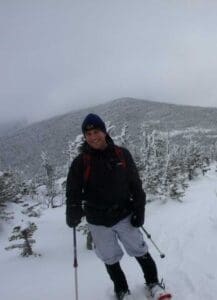
A few years ago in the middle of winter, I hiked up Mount Marcy during a snowstorm. If you don’t know, Mount Marcy is the highest peak in the state of New York standing at 5,343 feet (1,629 meters). It is situated in the stunningly beautiful Adirondack Mountains just a few miles outside Lake Placid, NY. It is also one of the Adirondack High Peaks, the name given to the 46 Adirondack peaks higher than 4,000 feet (1,219 meters) in elevation.
With crampons and snowshoes, we set off on the 18-mile round-trip hike. At first the weather conditions were very good but as we pressed on and neared the summit, there were only a few feet of visibility due to a severe snowstorm. Fortunately, the group was very experienced and knew the trail well. We made it back safely that day but it could have easily turned out differently.
Weather, in my opinion, is one of the major reasons that you should stop hiking and turn back on an adventure. There are many things that are in your control but weather is not one of them. Before any adventure, it is important to check the weather forecast. However, understand that even if clear conditions are expected, you need to be ready to deal with the unexpected that can always happen in the great outdoors.
7. Wildlife
On an outdoor adventure, you are likely at some point to encounter wildlife, whether it is snakes, bears, or even moose. Sooner or later it will happen! What is important is to be smart and prepared for when it does.
This summer, my friend John and I went for a hike on the Appalachian Trail in New Jersey. John was training for the Leadville 100 Trail Race and I just go hiking into the wilderness every opportunity that I can. Not even 10 minutes into our hike, we saw three bears (a mother and two cubs) 30 yards to the right of us on the trail we were planning to take. The siting stopped us in our tracks, and we made the wise decision to take a different trail.
Sometimes the unexpected happens on an outdoor adventure. However, this should not cause fear of uncertainty. In these instances, you need to have the good sense to accept the circumstances, pivot, and change course. If you follow my 7 Reasons To Turn Back On An Adventure it should help you make better decisions and enjoy the outdoors for years to come.
If you would like to learn more about our adventures click HERE or if you have a story about turning back on one of your adventures we would love to hear about it just shoot us an email at info@explorerspassage.com.
Cheers,
Jeff
Jeff Bonaldi
Founder & CEO
The Explorer’s Passage
About Jeff Bonaldi
Jeff Bonaldi is the Founder and CEO of The Explorer’s Passage, a premier adventure travel company. His mission is to provide travelers with the opportunity to transform their lives and the planet through the power of adventure.
Learn more about Jeff’s story and his company HERE.
Share this post!

